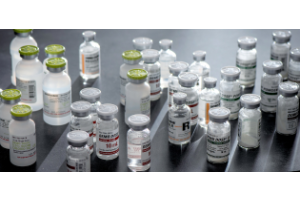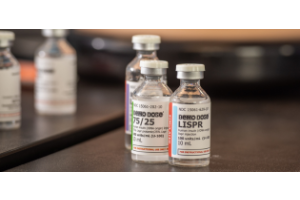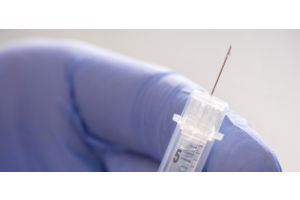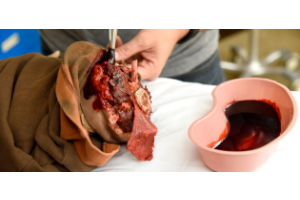What is the role of manikins in healthcare simulation?
- May 18, 2025


What is the role of manikins in healthcare simulation?
Manikins play a crucial role in healthcare simulation by providing a realistic, hands-on way for students and professionals to practice medical procedures, clinical decision making, and teamwork in a safe, controlled environment. Here's a breakdown of their key roles:
- Skill Development: Manikins allow learners to practice procedures like CPR, intubation, catheter insertion, wound care, and more – without risk to real patients.
- Scenario-Based Training: High-fidelity manikins can simulate complex medical conditions (e.g., heart attacks, trauma, childbirth) to train teams in diagnosing and responding to emergencies.
- Error Management: The use of manikins in simulation activities gives healthcare workers the opportunity to make, recognize, and learn from mistakes in a no-risk setting.
- Teamwork & Communication: Manikin-based simulation activities support interprofessional training, helping teams develop coordination, leadership, and communication skills.
- Assessment & Feedback: Educators can use simulation activities for debriefing purposes to evaluate performance objectively and provide targeted feedback for improvement.








Validate your login
Log In
Create New Account